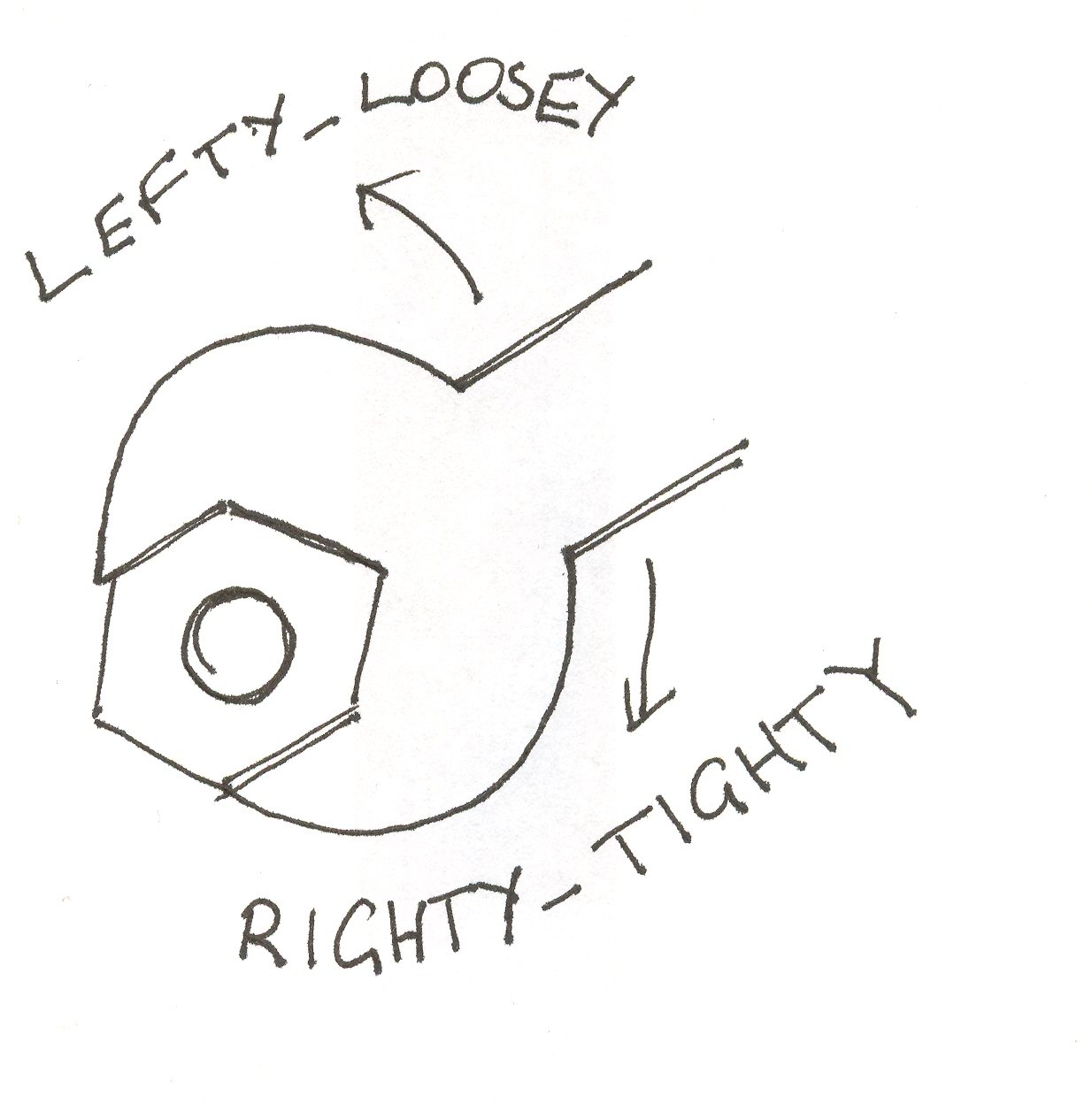this post was submitted on 13 Oct 2024
477 points (97.8% liked)
Asklemmy
43890 readers
1220 users here now
A loosely moderated place to ask open-ended questions
If your post meets the following criteria, it's welcome here!
- Open-ended question
- Not offensive: at this point, we do not have the bandwidth to moderate overtly political discussions. Assume best intent and be excellent to each other.
- Not regarding using or support for Lemmy: context, see the list of support communities and tools for finding communities below
- Not ad nauseam inducing: please make sure it is a question that would be new to most members
- An actual topic of discussion
Looking for support?
Looking for a community?
- Lemmyverse: community search
- sub.rehab: maps old subreddits to fediverse options, marks official as such
- !lemmy411@lemmy.ca: a community for finding communities
~Icon~ ~by~ ~@Double_A@discuss.tchncs.de~
founded 5 years ago
MODERATORS
you are viewing a single comment's thread
view the rest of the comments
view the rest of the comments

Clockwise and counter-clockwise makes sense.
But when you say “right” it’s not clear which side of the circle is being referenced. If the top of the circle is moving to the right, the bottom is moving left at the same time. So the saying only makes sense when you specify that you’re talking about the top of the circle.
What the fuck are you talking about.
You’re either rotating the fastener to the right or the left.
It doesn’t matter what side you’re talking about, because you’re not moving one side of the fastener, you’re rotating the whole thing one direction or the other.
Clockwise just means something is rotating to the right.
If I ask you to turn around to the right, are you going to ask me what side of you I’m referencing?
Here is clockwise. One arrow is going to the right and one to the left.
What happens if you look at it from the other side?